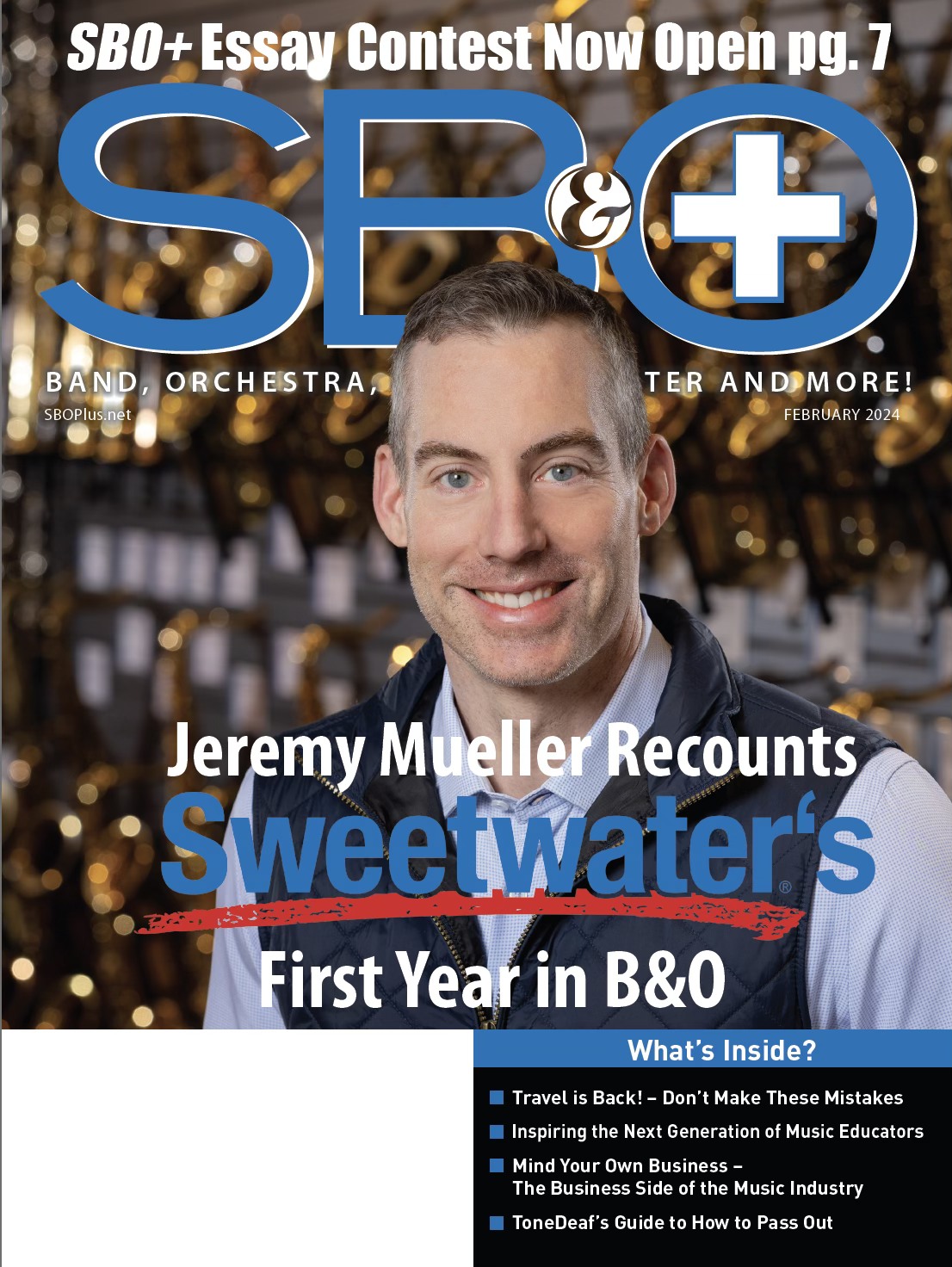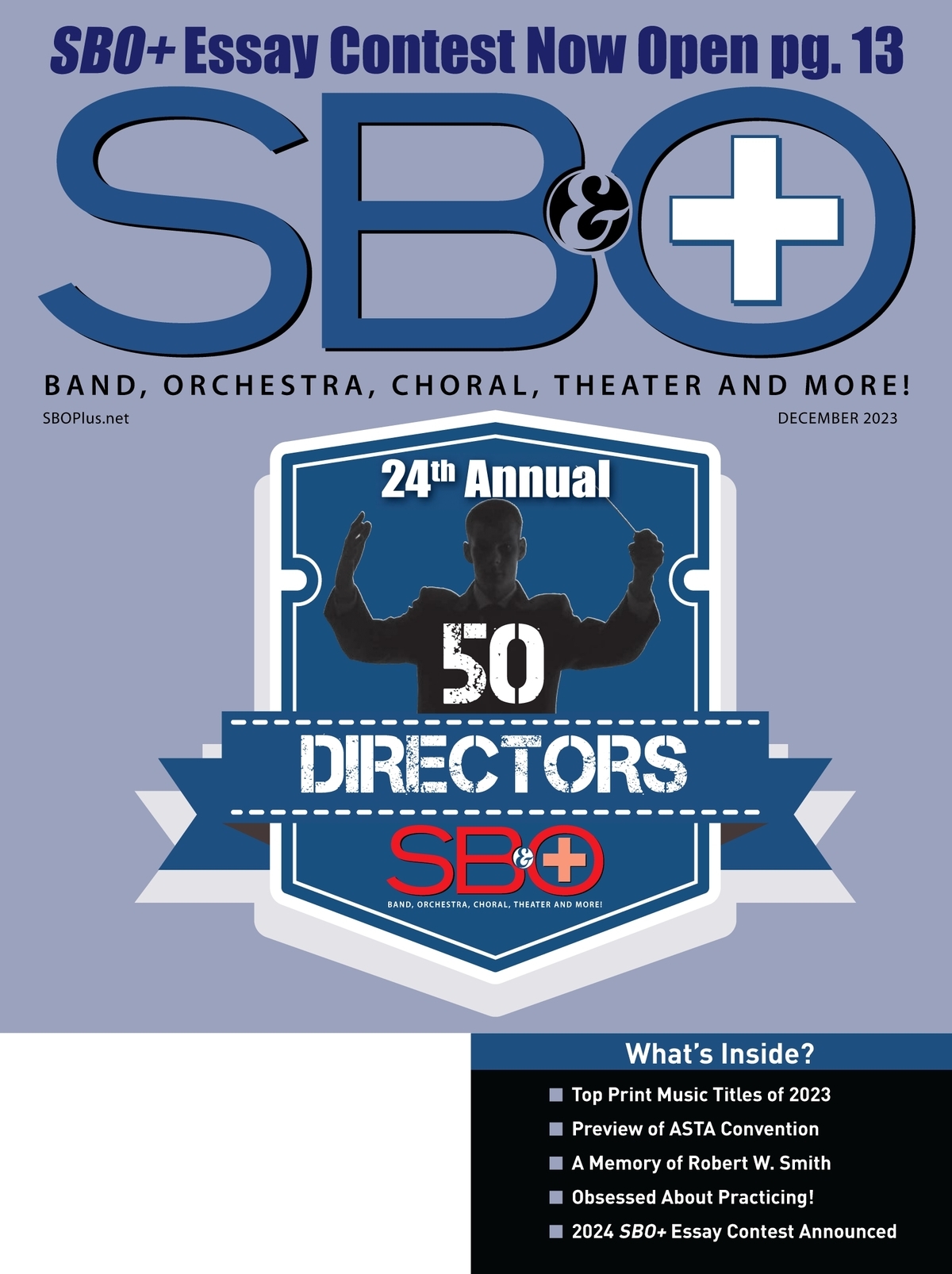EDUCATORS SUBSCRIBE FOR AS LOW AS $0.00! CLICK HERE!
 Teaching is a performing art and communication is constant. We spend a large part of each day giving instructions and feedback to our students. We meet with administrators, colleagues, parents, and members of our community both in casual and formal conversations.
Teaching is a performing art and communication is constant. We spend a large part of each day giving instructions and feedback to our students. We meet with administrators, colleagues, parents, and members of our community both in casual and formal conversations.
The National Institute of Mental Health reports that over 70% of people fear public speaking. As teachers, we may have overcome our fear to an extent, but the effectiveness of our communication is something we must assess.
Listening to a great speaker is like listening to an artistic performance of a great piece of music. Both have a distinctive style. Both include variety in tempo, range, and dynamic. Both lead the listener and are often unpredictable. Both use the power of rest to help with emphasis and emotion.
So, have you listened to yourself lately?
Verbal tics are everywhere. Listening to someone speak who uses verbal tics not only reduces and limits the effectiveness of what they have to say, it is often downright painful.
“Umm,” “like,” “ah,” “you know,” “and ah,” “you think,” are some of the most common verbal tics people tend to use. Another verbal tic is when a speaker raises their pitch at the end of a statement as if they are asking a question. The verbal tic is often used because people feel under stress, are tired, or are not fully prepared with their remarks. They use these sounds to give themselves time to think while trying to hang on to their audience.
Infusing your speech with verbal tics is like playing an “e natural” every time you see a rest in a piece of music. It destroys the intended effect and, in many cases, will drive the listener crazy. The first step to eliminating the verbal tic is to make yourself aware of the one(s) you use most. Record yourself and listen.
Identify those sounds, words, or phrases you over use and make yourself conscious of them. Embrace silence. Once you identify those “tics” you rely on, work to replace them with silence. Force yourself to pause instead of saying “umm.”
Silence is the speaker’s friend. If you want to gain the attention of an audience or your seventh-grade band class, use silence. Silence creates suspense and increases tension. The next time your class misbehaves, don’t raise your voice – eliminate it. Once you get their attention, insert a 5 – 10 second silence. While the silence is happening, look around the room and make as much eye contact as possible. Then tell them what they did, what you expect from them and what will happen if the unacceptable behavior happens again. You will be amazed at the results.
When speaking to a group, a long, uncomfortable silence for you is often a well-timed pause to your audience. Silence helps you create more emphasis at certain points, and silence implies what you are about to say is important.
Other helpful hints to prevent “tics” in your speech are to slow down the pace of what you are saying, write yourself some notes or talking points, put more energy in your voice, and smile more.
When we speak slower, we give our brains more time to think. It also allows us to engage the part of our brain that monitors what we are going to say, preventing the “verbal tic” from just coming out. Slowing the pace of our speech also makes us much more understandable to our audience. We will present ourselves as being calmer and in control of the subject at hand.
Writing notes or talking points can be life preservers to drowning public speakers. In fact, it is not recommended, to write out what you are going to say word for word. There is nothing more boring than listening to someone read their speech. Instead, use bullet points to highlight what you want to say. One of the most common situations where we are unprepared and where bullet points and reminders come in handy is at concert performances. Often, we are so focused on getting the students ready and all the logistics of the concert set that we forget to take time to outline what we plan to say at the concert. Instead of presenting ourselves as professionals, we often come off as unprepared bumblers.
Prior to each concert, place your scores in performance order. Think through what you want to say and when you want to say it. Apply “Post-it” notes on the last page of your scores to write the names of soloists or sections you want to recognize while the audience is applauding. Not acknowledging a student who has a solo because of an oversight can be an embarrassment for you, the student, and the parents and friends who may be in attendance.
If you plan on using a microphone, it is important you make sure it works and is at an acceptable volume and tone level. Also know how to turn it on and off and know how the microphone stand and holder function prior to the concert. Prevent yourself from being that person who approaches the microphone, fumbles with getting the stand raised or lowered, blows into the microphone, taps on it, and says “test,” “can you hear me?” When it comes time to thank the audience for their attendance and support, practice. Have a note card with talking points, and please do not begin by saying, “I’d like to take this opportunity to…”
You ARE taking the opportunity to thank them, and understand the audience knows you are speaking.
Simply turn around, put a big smile on your face and say, “Thank you for attending tonight’s concert. It is wonderful so many parents, families and friends are here to enjoy this performance.” From there you can introduce special guests, thank individuals, and provide any other information or announcements you want to share. Again, having a list of bullet points will help to ensure you include everything and everybody. It is also important to make eye contact with the audience. It is the same as keeping your head out of the score while you conduct your ensemble.
In addition to verbal “tics,” be aware of gestural “tics,” such as brushing your hair, rubbing your chin, pulling on your ear, and shifting your weight from side to side. When speaking, try to stand tall, and keep your weight equally distributed on both feet.
If you are really uncomfortable speaking in public, find someone you trust and ask for help. You can also join a local Toastmasters club. Toastmasters is a non-profit organization that helps people develop speaking and leadership skills. Another option is to script the entire concert and divide responsibilities among the students. One student welcomes the audience. The next student introduces the director. The third student introduces the first musical selection, and so on. In this instance, you become more of a coach by turning over the spotlight (and speaking responsibilities) to the students. This can be a real win-win, but again, this needs to be well-rehearsed to ensure a good “speaking” performance by each child.
Becoming a more effective public speaker will not happen overnight. Focusing on those “tics” you want to eliminate may take months or even years, but the effort will make a difference in how you are perceived as a professional. Becoming a better speaker will not only help you with your concert audiences, it will help you recruit and retain students in your program. Communicating more effectively with parents and students goes a long way to helping sell the benefits of participation in your band or orchestra.
More information on recruitment and retention, along with hundreds of “Tips for Success” are available free of charge from the Music Achievement Council, an action-oriented nonprofit organization sponsored by the National Association of School Music Dealers (NASMD) and NAMM, the National Association of Music Merchants (NAMM). These resources and many more can be found by visiting: www.nammfoundation.org/resources-educators.
Dr. Charles T. Menghini serves as an educational member of the Music Achievement Council. He is president emeritus of VanderCook College of Music in Chicago and served as professor of music and director of bands from 1994 – 2017. Prior to his appointment at VanderCook, he spent 18 years as a high school band director in Missouri and Kansas where his bands earned national acclaim. He is a senior educational consultant for Conn-Selmer Inc. and is co-author of the Essential Elements Band Method published by Hal Leonard, LLC. Menghini is active as a speaker, clinician and conductor around the nation. He frequently presents at state and national music education conferences and works with teachers and school districts in a variety of forums. With degrees in music education, administration and conducting, Menghini is able to provide advice and counsel on a wide variety of topics and issues. He played lead trumpet in the Kansas City Chiefs professional football band for many seasons and was also the official trumpet player for the City Club of Chicago.






